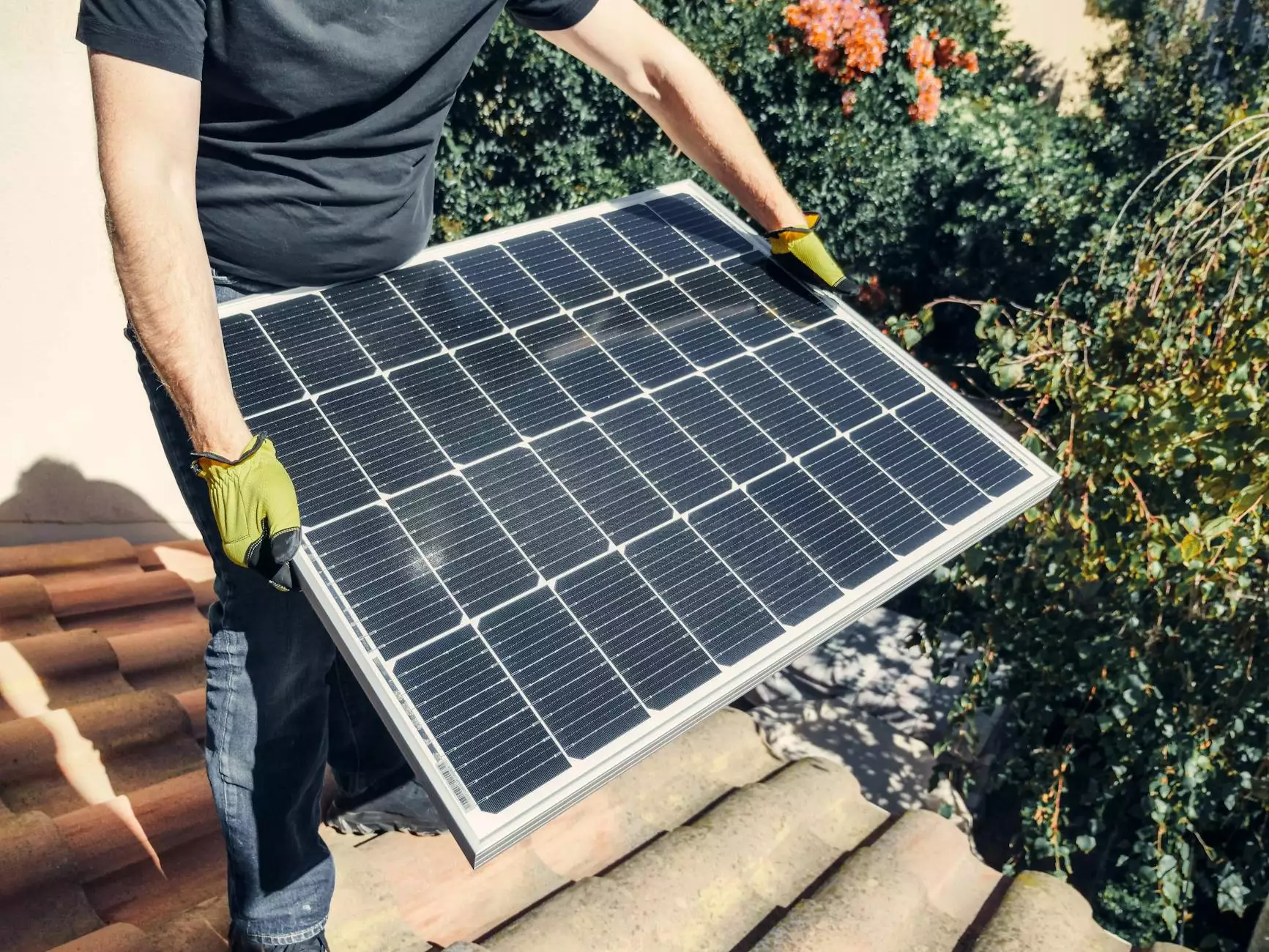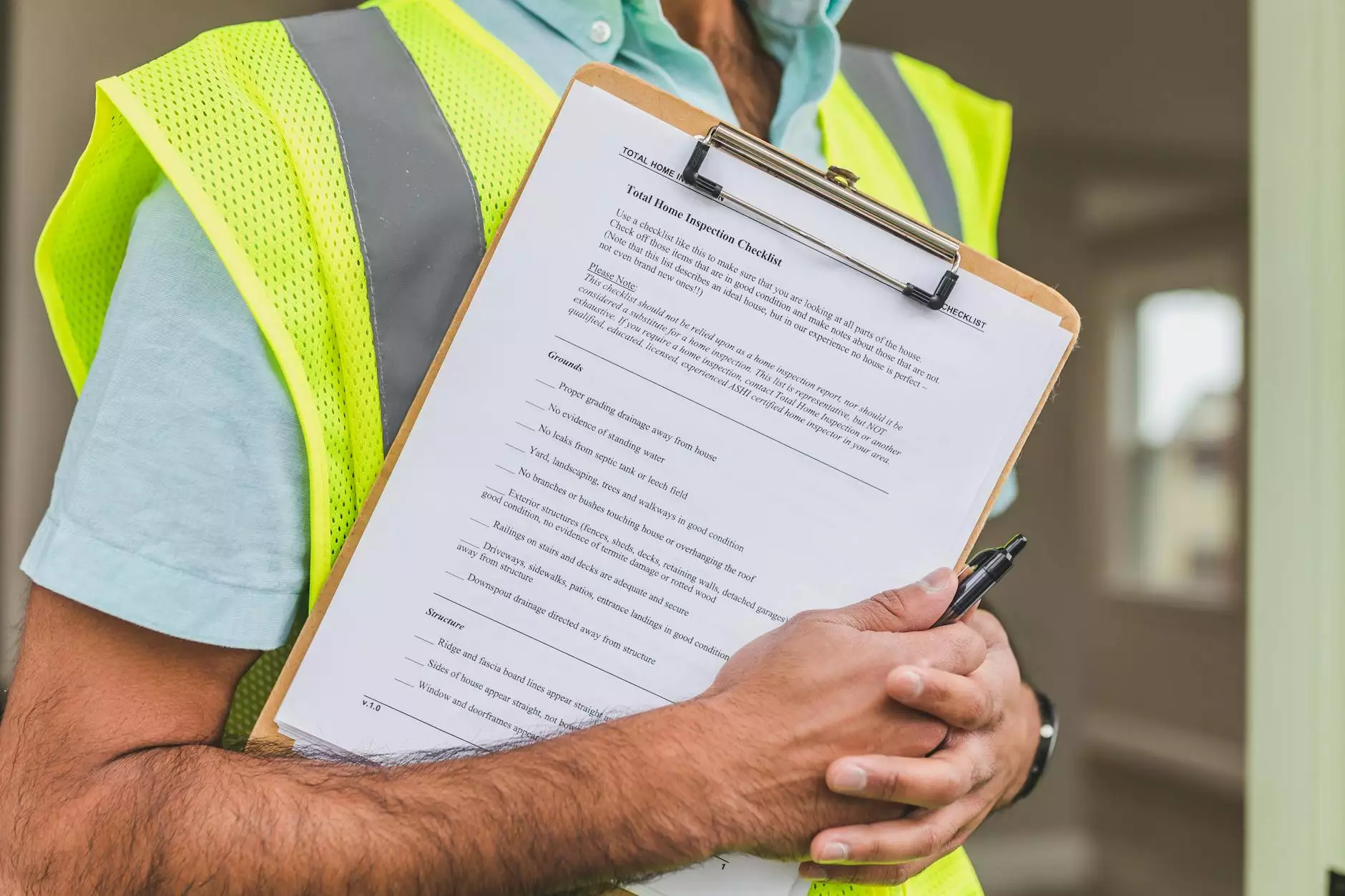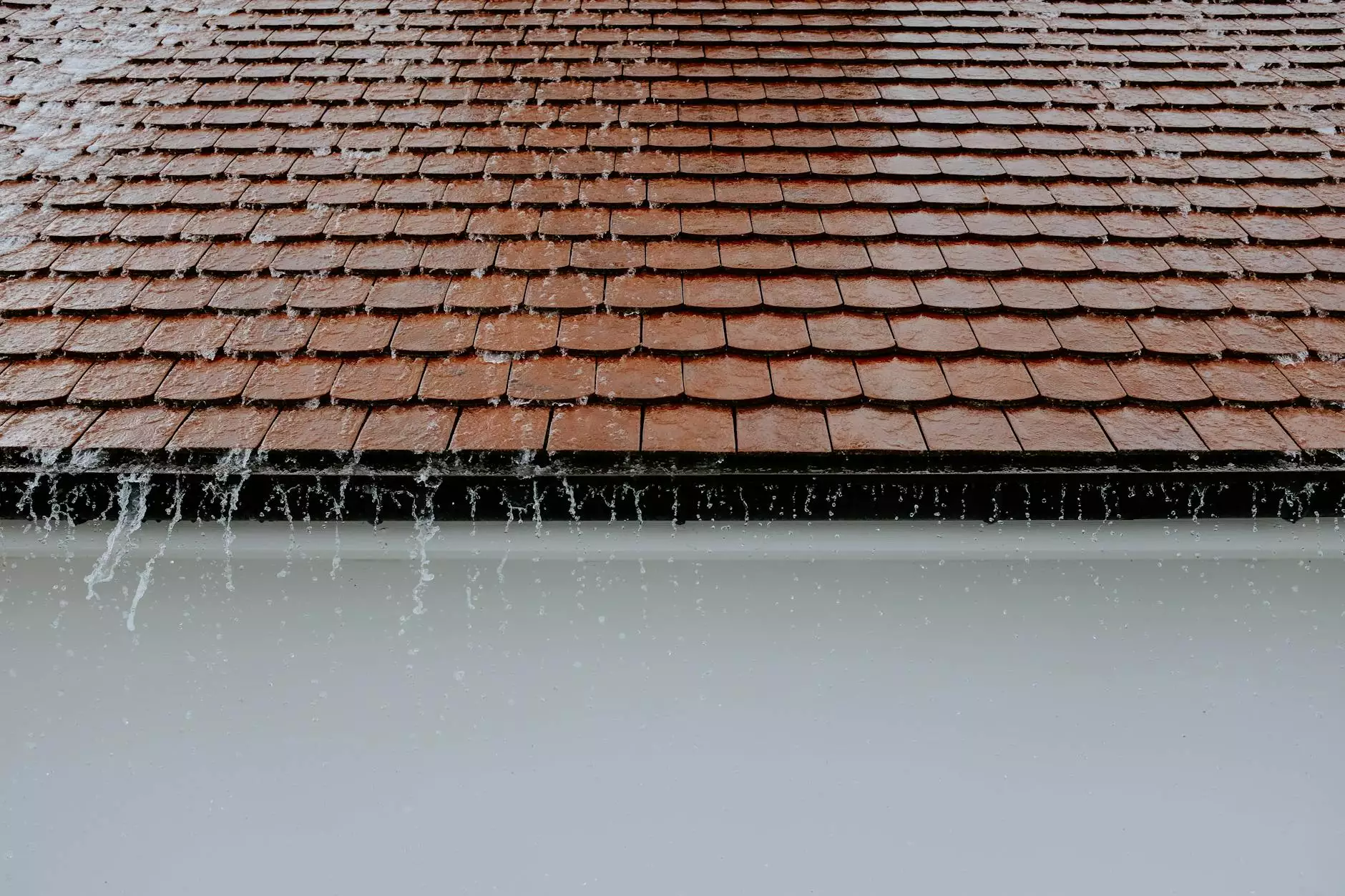How Does A Flat Roof Drain? - A Guide for Owners and...

Welcome to Bio-One Atlanta's Learning Center, where we provide expert advice and information on various topics related to the cleaning needs of both business and consumers. In this guide, we will delve into the intricacies of flat roof drainage and explore the best practices for maintaining a healthy and functional flat roof.
Understanding Flat Roof Drainage System
A flat roof, as the name suggests, is characterized by its low-slope design. Unlike traditional pitched roofs, which have a clear slope for water drainage, flat roofs require a different approach to ensure effective drainage and prevent water accumulation. The purpose of a flat roof drainage system is to efficiently channel water away from the roof surface to prevent structural damage and leaks.
There are primarily two types of flat roof drainage systems:
- Interior Drains: These drains are located within the building's interior and are connected to the roof via a network of pipes. They work by collecting rainwater and directing it to the building's main drainage system.
- Scuppers: Scuppers are openings or outlets located along the edge of the roof, allowing water to flow freely into gutters or downspouts. They are particularly common in buildings with parapet walls.
Common Drainage Issues and Solutions
While a properly designed flat roof drainage system should effectively handle water runoff, there are a few common issues that can arise, requiring prompt attention and maintenance. Let's explore some of these issues and their respective solutions:
Clogged Drains and Pipes
One of the most common problems with flat roof drainage systems is the accumulation of debris, leaves, and other sediments that can clog the drains and pipes. This obstruction prevents proper water flow and can lead to water pooling on the roof surface.
The solution to this issue is regular maintenance and cleaning of the drains and pipes. An experienced professional can inspect the system, remove any debris, and ensure unobstructed water flow. Additionally, installing gutter guards and debris screens can prevent large particles from entering the drainage system in the first place.
Inadequate Slope
An insufficient slope or improper installation can impede the proper drainage of rainwater on a flat roof. If the roof surface is not properly sloped, water may accumulate in certain areas, putting additional stress on the roof structure and leading to leaks.
The solution to this problem is to ensure the correct slope during the construction or repair process. A qualified roofing contractor will have the knowledge and expertise to assess and rectify any slope-related issues. Additionally, regular inspections can help identify and address any changes in the roof's slope over time.
Poorly Maintained Gutters and Downspouts
While not directly part of the flat roof itself, gutters and downspouts play a significant role in proper drainage. Neglected gutters and downspouts can become clogged with leaves, debris, and even ice, impeding the flow of water away from the roof. This can lead to water overflow, damaging the roof and surrounding areas.
The solution to this problem is regular inspection and maintenance of gutters and downspouts. Cleaning them regularly, especially during the fall when leaves are abundant, will help ensure the effective flow of water away from the roof. Installing gutter guards and downspout extensions can also aid in preventing debris build-up and managing water runoff more efficiently.
Maintaining a Flat Roof
Proper maintenance plays a vital role in the longevity and performance of a flat roof. Here are some essential tips for maintaining a flat roof and ensuring optimal drainage:
Regular Inspections
Schedule routine inspections by a qualified professional to identify any potential issues before they escalate. Inspections should include checking for signs of damage, leaks, clogged drains, and any other concerns that may affect the drainage system.
Clear Debris
Regularly remove debris, leaves, and other obstructions from the roof surface, gutters, and downspouts. Use caution when performing this task, and consider hiring a professional if necessary. Clearing debris will promote proper water flow, minimizing the risk of clogs and water pooling.
Address Repairs Promptly
If any damage or leaks are discovered during inspections, it is crucial to address them promptly. Ignoring repairs can result in further damage to the roof and compromise its ability to drain water efficiently. Hire a qualified roofing professional to perform the necessary repairs.
Consider Roof Coatings
Applying a roof coating can provide an additional layer of protection against water intrusion, UV radiation, and other potential damages. Roof coatings can prolong the lifespan of a flat roof and help maintain its drainage capabilities.
Professional Maintenance Services
Consider engaging the services of a professional roofing company that specializes in flat roofs. Experienced roofers can offer maintenance agreements tailored to your specific needs, ensuring ongoing care and addressing any drainage concerns.
Conclusion
In conclusion, understanding how a flat roof drains and implementing the appropriate maintenance practices is crucial for prolonging the life of your roof and preventing costly damages. Regular inspections, proper cleaning, and addressing repairs promptly are key steps you can take to ensure effective drainage on your flat roof. By following these maintenance guidelines, you can mitigate potential issues and enjoy a functional and leak-free flat roof for years to come.
Learn More About Flat Roof Drainage
If you want to learn more about flat roof drainage systems or need professional assistance with your flat roof maintenance, Bio-One Atlanta is here to help. Discover our comprehensive range of cleaning services designed to meet the unique needs of businesses and consumers. Contact us today for expert advice and a personalized solution to your flat roof drainage needs.









